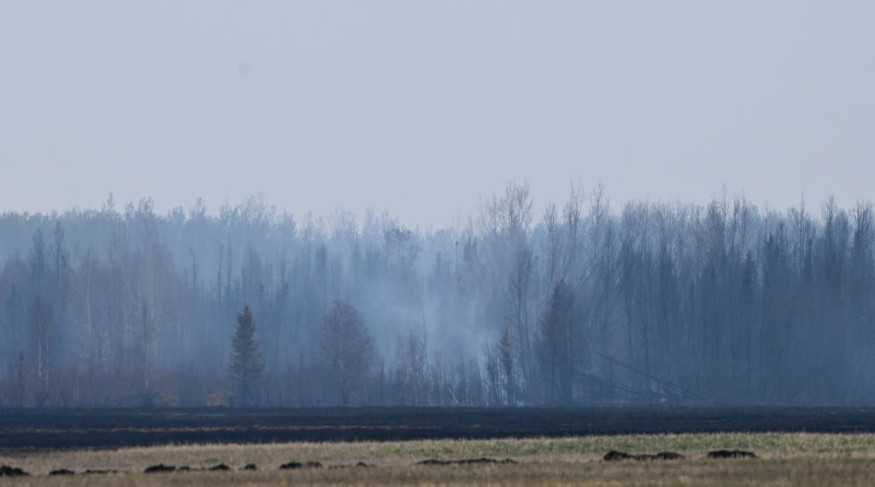Canadian wildfires have continued for several days as of Thursday, May 11, forcing the evacuation of thousands of people and burning a vast swathe of land in the country's western region.
Local authorities issued several states of emergency, as flames set ablaze the province of Alberta and its adjacent areas. While no fatalities have been recorded yet, the fires continue to remain a threat not only in the country.
Based on the latest reports on Thursday, wildfire smoke has turned skies foggy over major cities in the eastern United States, which could add to the severe weather in the U.S. region. In recent days, the U.S. East Coast experienced new rounds of severe thunderstorms following a week of tornadoes and other weather hazards.
With the Canadian wildfire smoke arriving to the U.S., some parts of the East Coast could experience potentially hazardous air pollutants, causing risk to respiratory health, as seen in previous cases. The hazy skies could also affect air travel, potentially resulting in delayed or cancel flights across North America.
Canada Wildfire Smoke

Ahead of the summer season, the wildfire season is too soon for Alberta at this time of the year, with smoke spreading thousands of miles and reaching major cities in eastern U.S., AccuWeather meteorologists reported. This comes as a 'milky haze' has also covered the skies over parts of Canada in recent days.
Wildfire smoke, in general, is more common during the year's hottest weather such as those during the summer season that spans from June to August in the Northern Hemisphere. In North America, the wildfire season peak is still months ahead. However, infernos are already raging in parts of Canada, above its historical averages, the meteorologists said.
Eastern U.S. Wildfire Smoke
The said massive cloud of smoke has reached south into the Canadian state of Ontario and parts of the U.S., including the New England and the mid-Atlantic regions, affecting major cities like New York City and Washington, D.C. The smoke was spotted from space by the GOES-EAST weather satellite of the National Oceanic and Atmospheric Administration (NOAA), according to AccuWeather.
In particular, smoke from dozens of fires in Canada was massive enough to make its way into the atmosphere and spread to the northeastern U.S., resulting in colorful sunrises and sunsets, according to the website EarthSky.
Despite the ongoing Canada wildfires, there is no reported indication that it would spread into the U.S.
Wildfire Smoke Pollutants
With the smoke continuing to spread beyond Alberta and other Canadian provinces like British Columbia, the risk of air pollutants is increasing due to the presence of carbon monoxide, sulphur dioxide, and other toxic particulate matter.
Senior scientist Angela Yao from the B.C. Centre of Disease Control said the wildfire smoke can travel miles away from the actual fire and can get deep into the lungs and cause inflammation, as cited by Canada's Global News.
© 2025 NatureWorldNews.com All rights reserved. Do not reproduce without permission.





